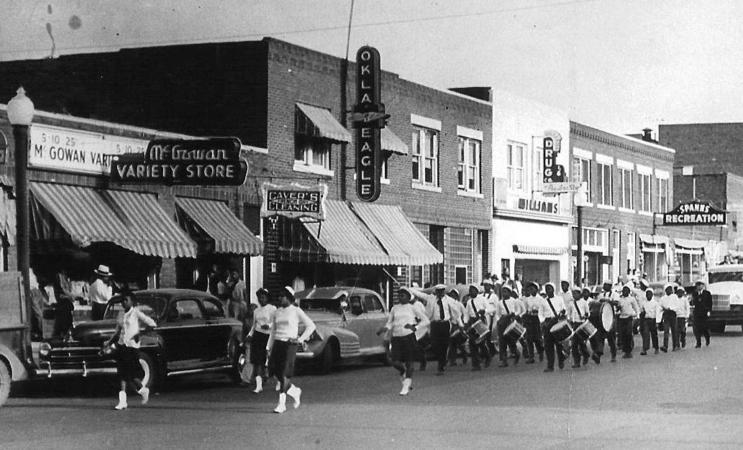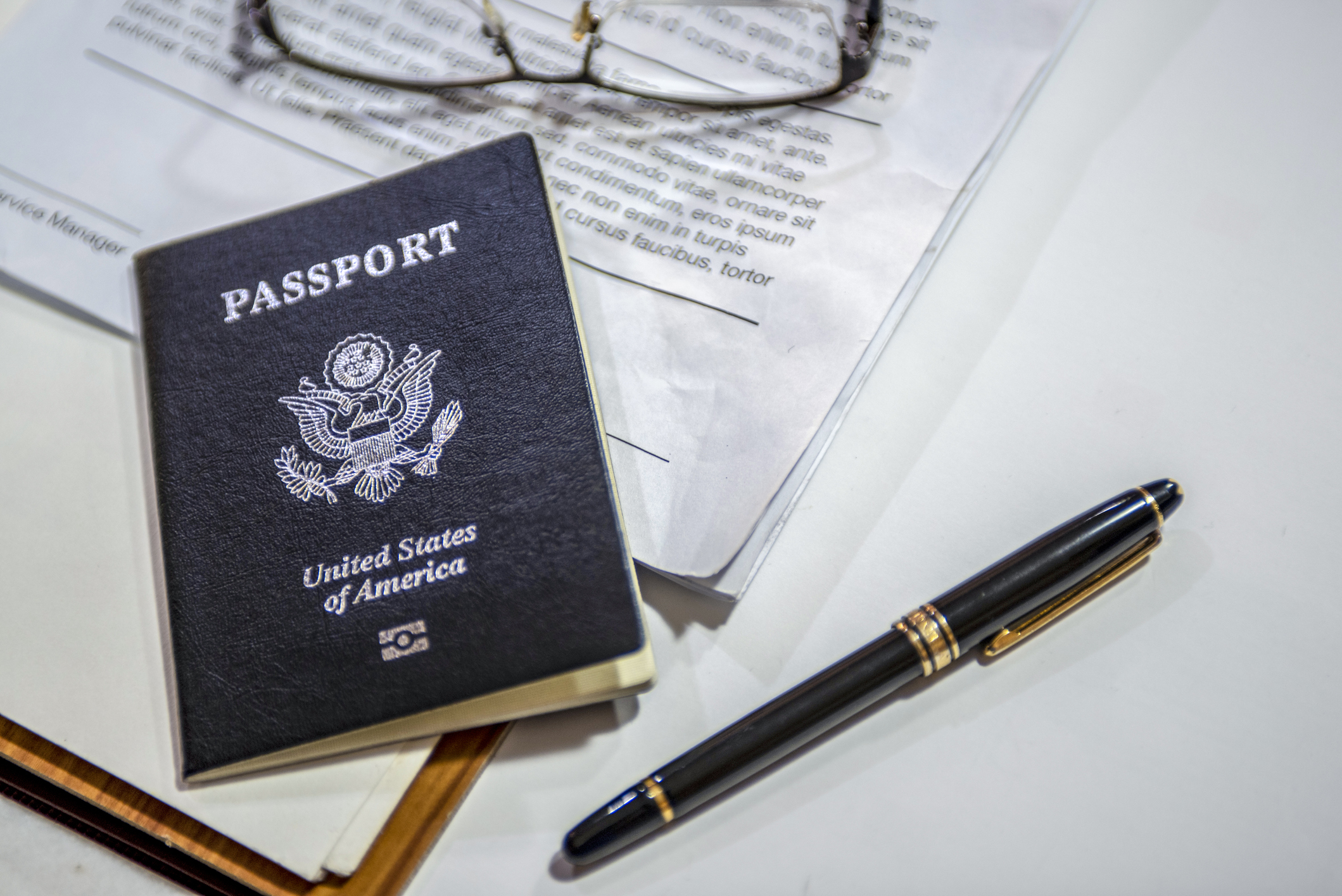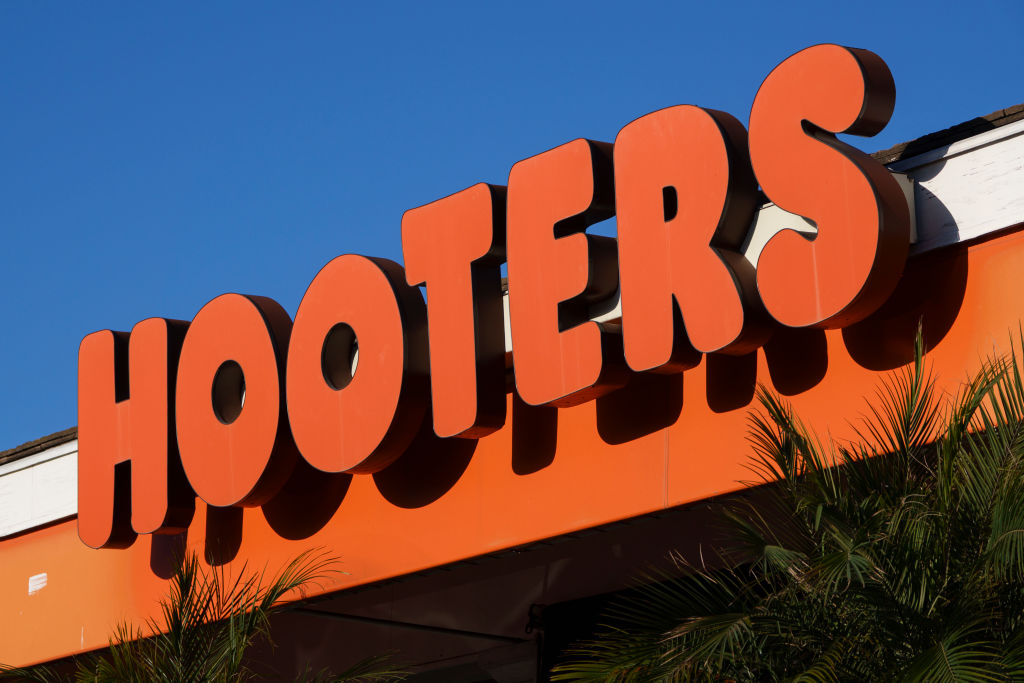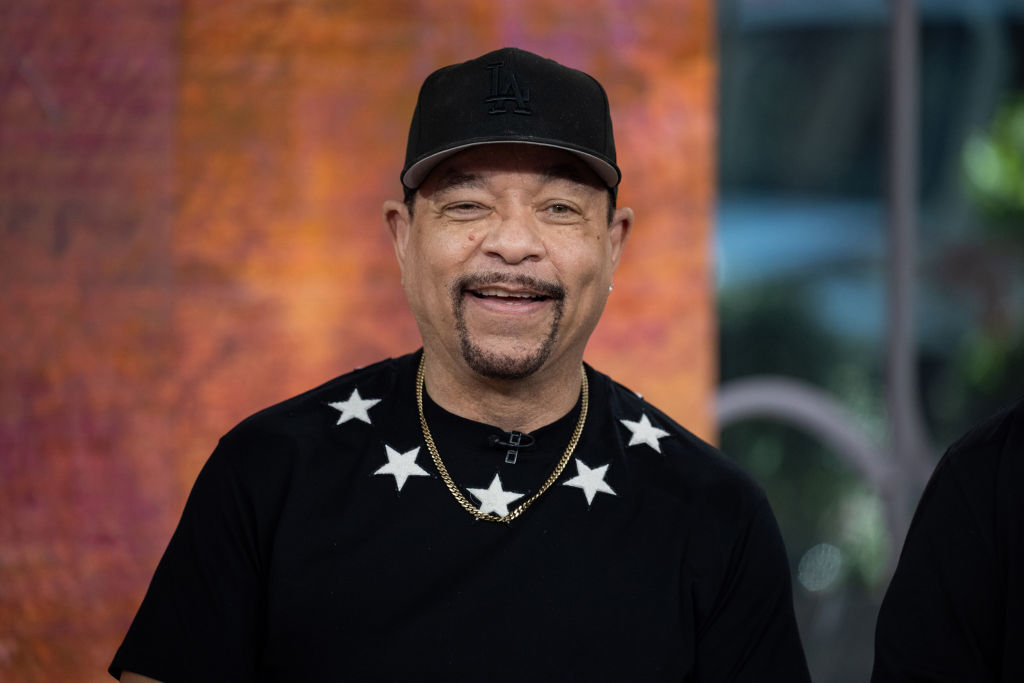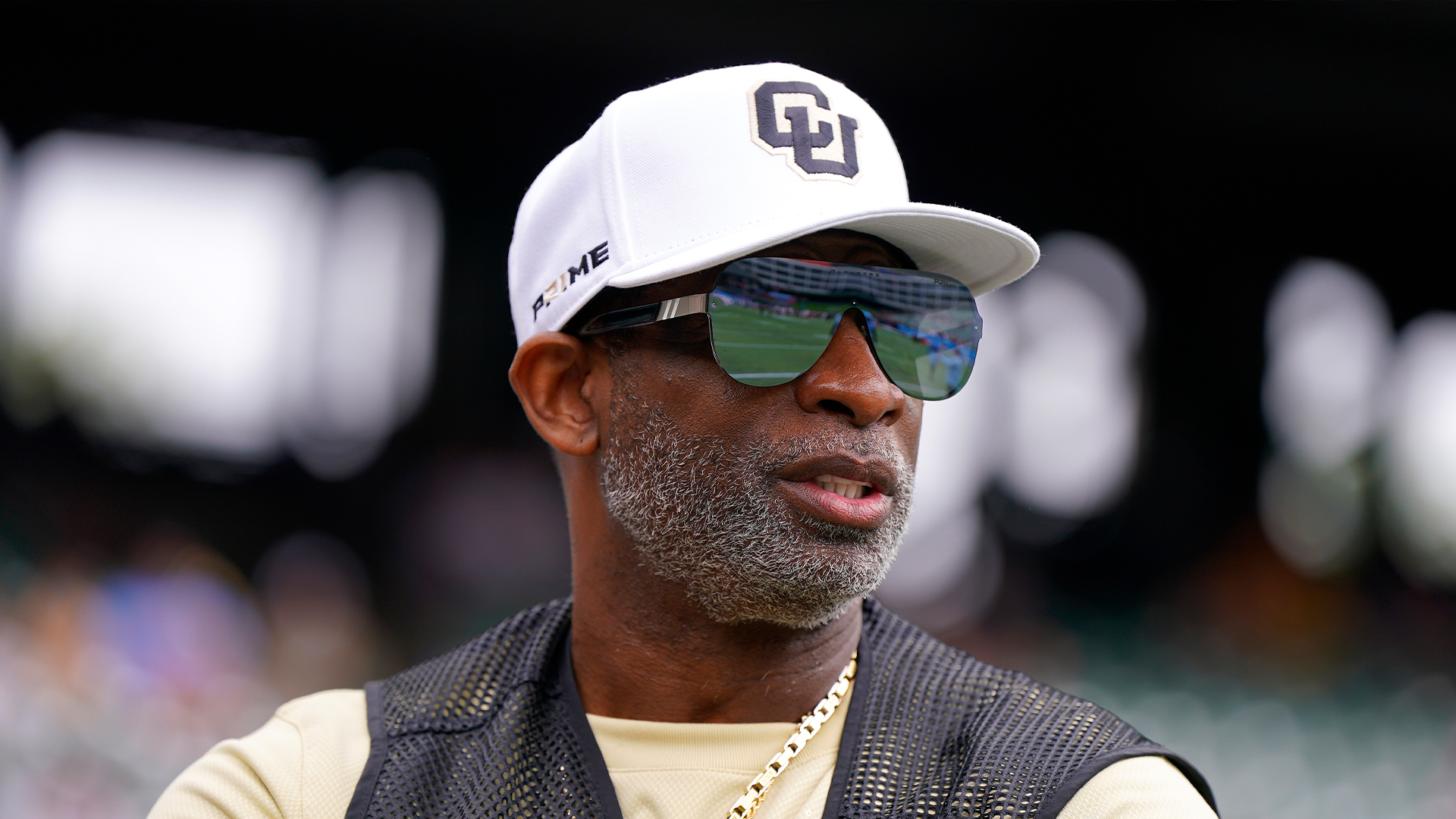When you read the history of the Greenwood district in Tulsa, Oklahoma, it almost feels like a fairy tale.
Black Wall Street, as it has been known over the years, was a place brimming with Black businesses and affluent African Americans trying to solidify their place in the world. It was home to Black-owned restaurants, hotels, shops, movie theaters, cab companies, and a school system that provided Black children with the best education.
Greenwood was flourishing at a time when the rest of the state was as well. In the early 1900s, Tulsa was experiencing an oil boom and many people moved there for a chance to climb up the economic ladder. While Tulsa’s economic prosperity for Black people made it unique, it could not separate itself from the rest of America’s problems.
Tulsa was highly segregated, and in a way Jim Crow is one the reasons the Greenwood district was so wealthy and affluent. Laws prohibited Black people from patronizing certain businesses, so Black wealth stayed in the community. Most of the city’s Black residents also lived in Greenwood.
By 1921, Tulsa was a growing, prosperous city, overflowing with oil money. This is also, however, the year the dream of Black Wall Street would come crashing down.
On May 30, a Black teenager named Dick Rowland was entering an elevator in the Drexel Building on south main street in Tulsa. A young white woman named Sarah Page was the elevator operator at the time. While Rowland was in the elevator, Page screamed. Police later arrested Rowland.
It’s still unclear what actually happened, but the Tulsa Tribune published a report calling for the lynching of Rowland.
A group of white people gathered outside the courthouse where he was being held. They were met by a group of armed Black men, who were there to protect Rowland. There was a struggle and a shot was fired.
After that, chaos ensued.
White mobs flooded Tulsa, shooting Black people and burning their homes and businesses to the ground. It’s estimated that over 1,200 homes and businesses were destroyed and looted, and over 9,000 Black residents were left homeless. Historians say that 300 Black people were murdered, but death tolls are uncertain. Some eye-witness accounts of the massacre recall Black bodies being dumped in rivers, put on trains and placed in mass graves.
Black Wall Street was unique and while there have been efforts to rebuild it, it will never be the place it was before the tragedy took place years ago.
This month, we’ll be taking a look at the history of Greenwood through a collection of rare photos highlighting some of the Black entrepreneurs who bravely staked their claim in American entrepreneurship during that time. We’ll be working with the Greenwood Cultural Center, a Tulsa based non-profit organization and museum, to do this. They’ve been committed to highlighting and preserving this important part of American history, and we’re honored that they’ve given us the opportunity to help educate our community on it.
You can follow along with the project on our Instagram account or using the hashtag #seeingblackwallstreet.
